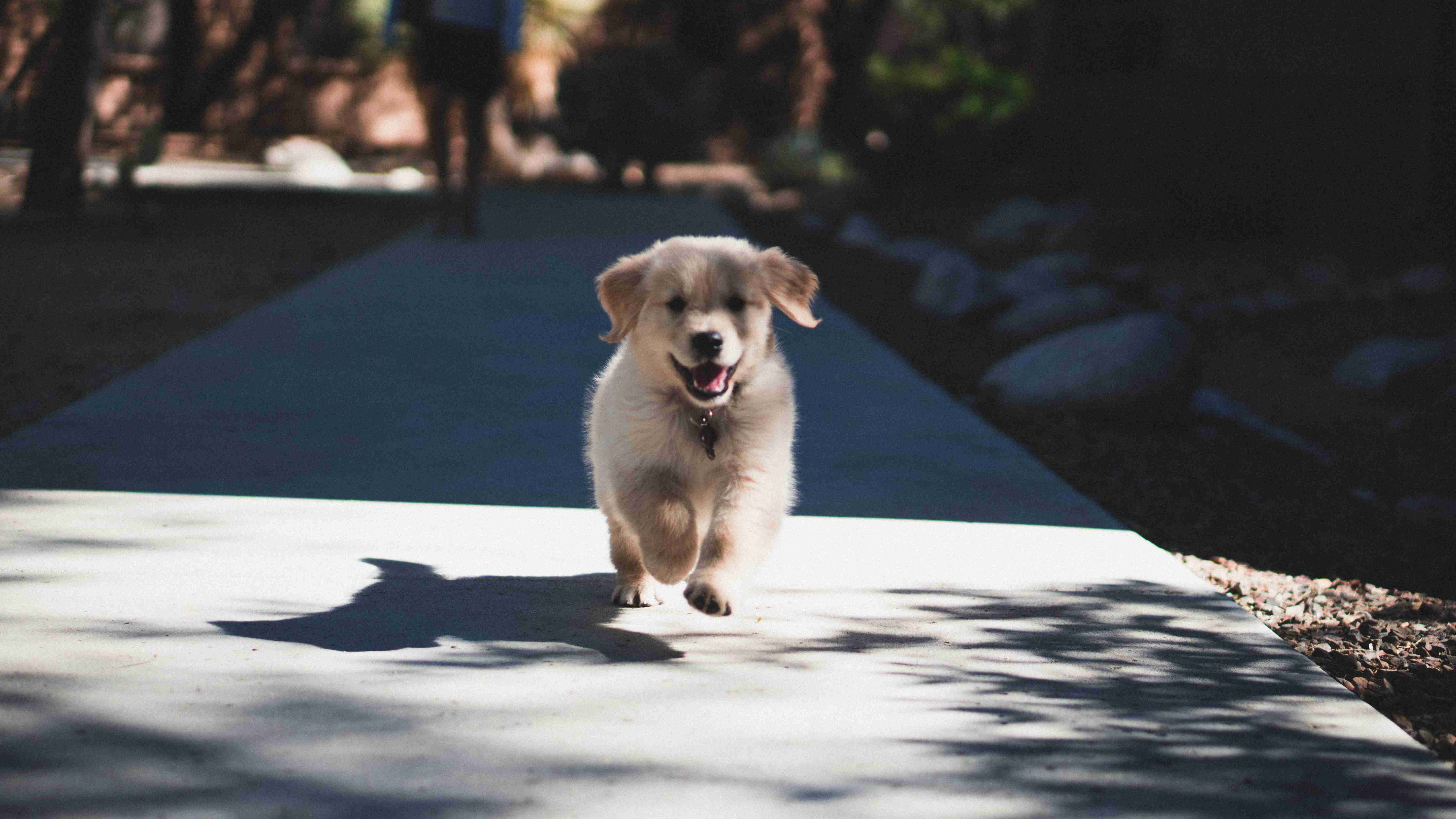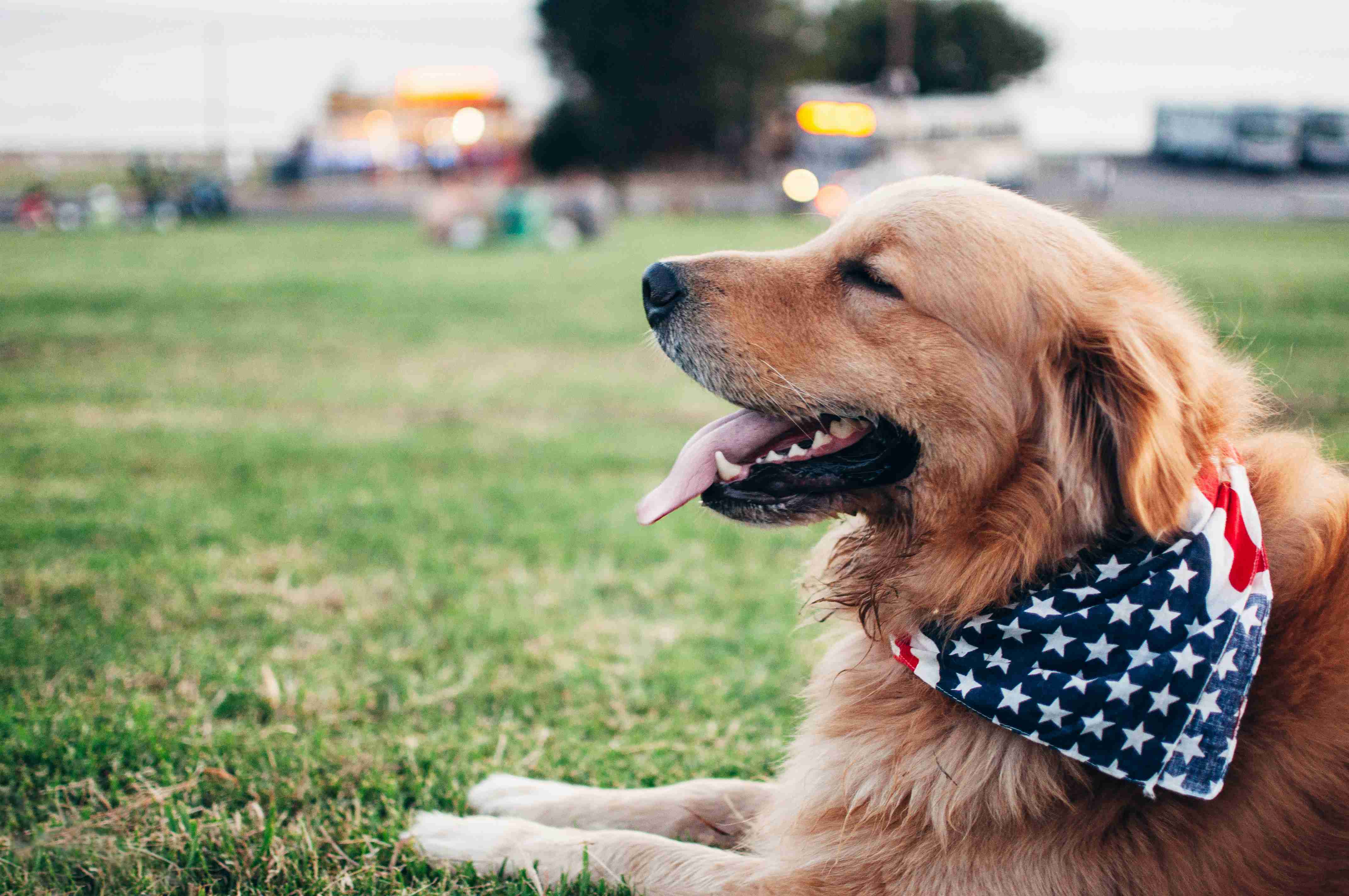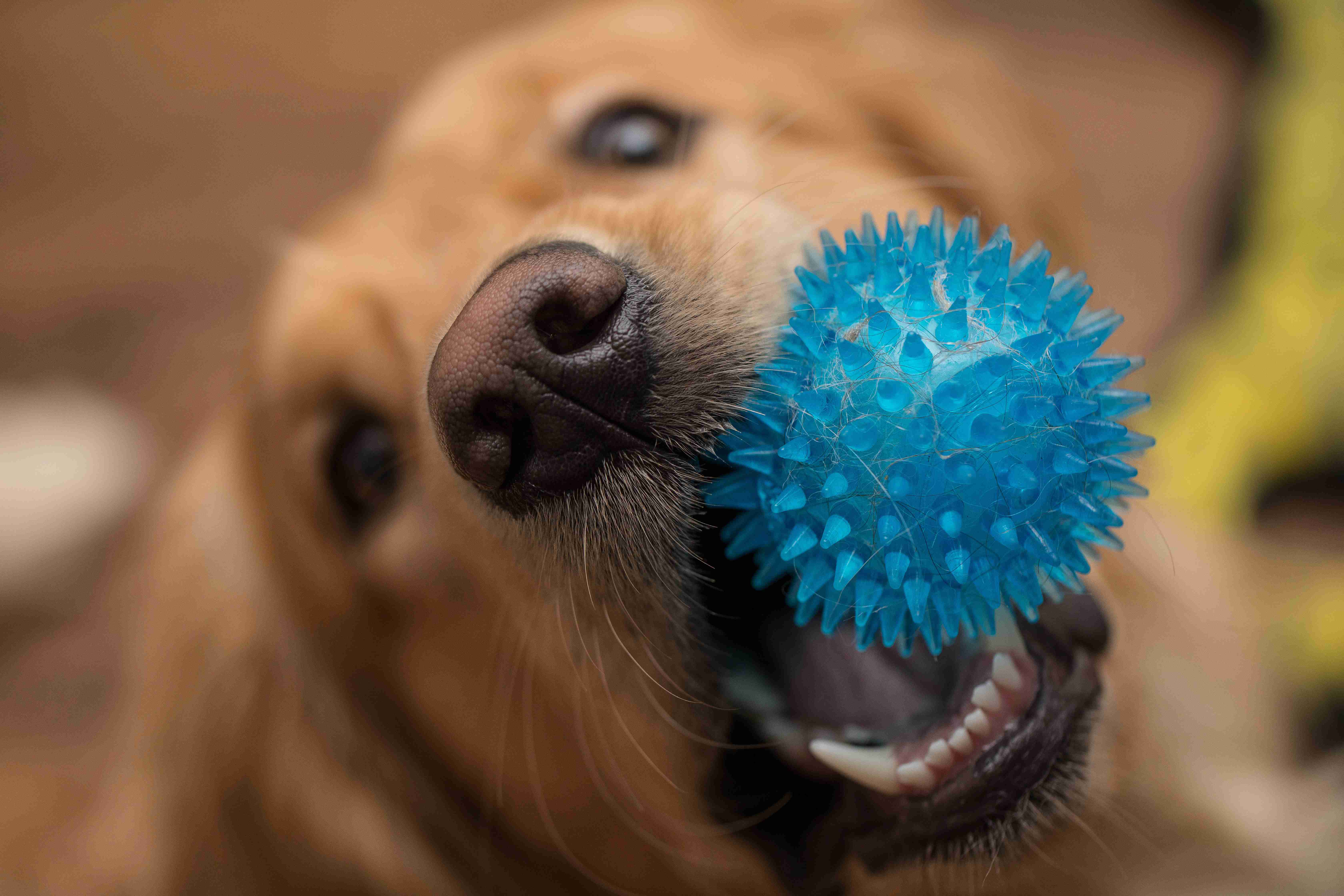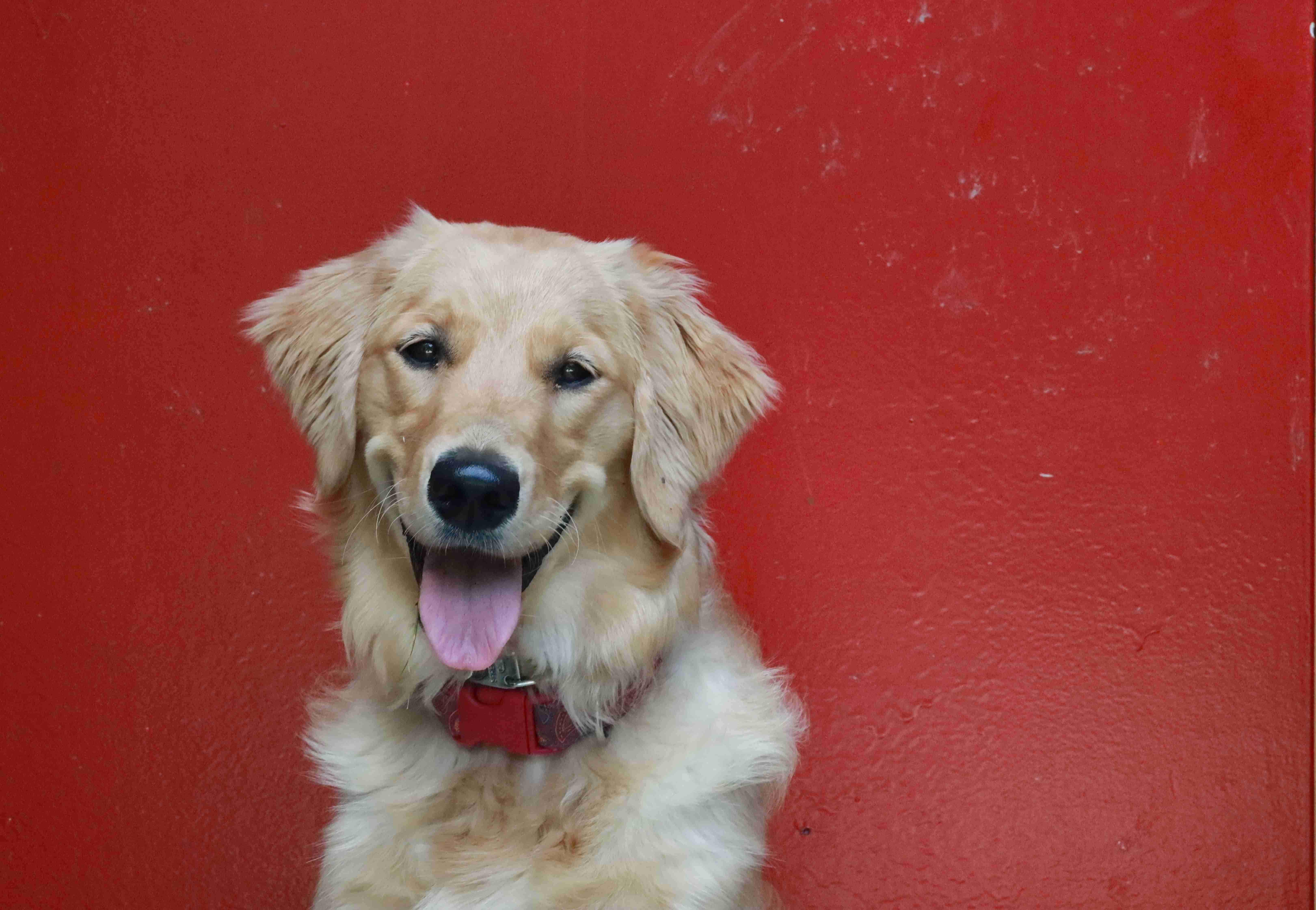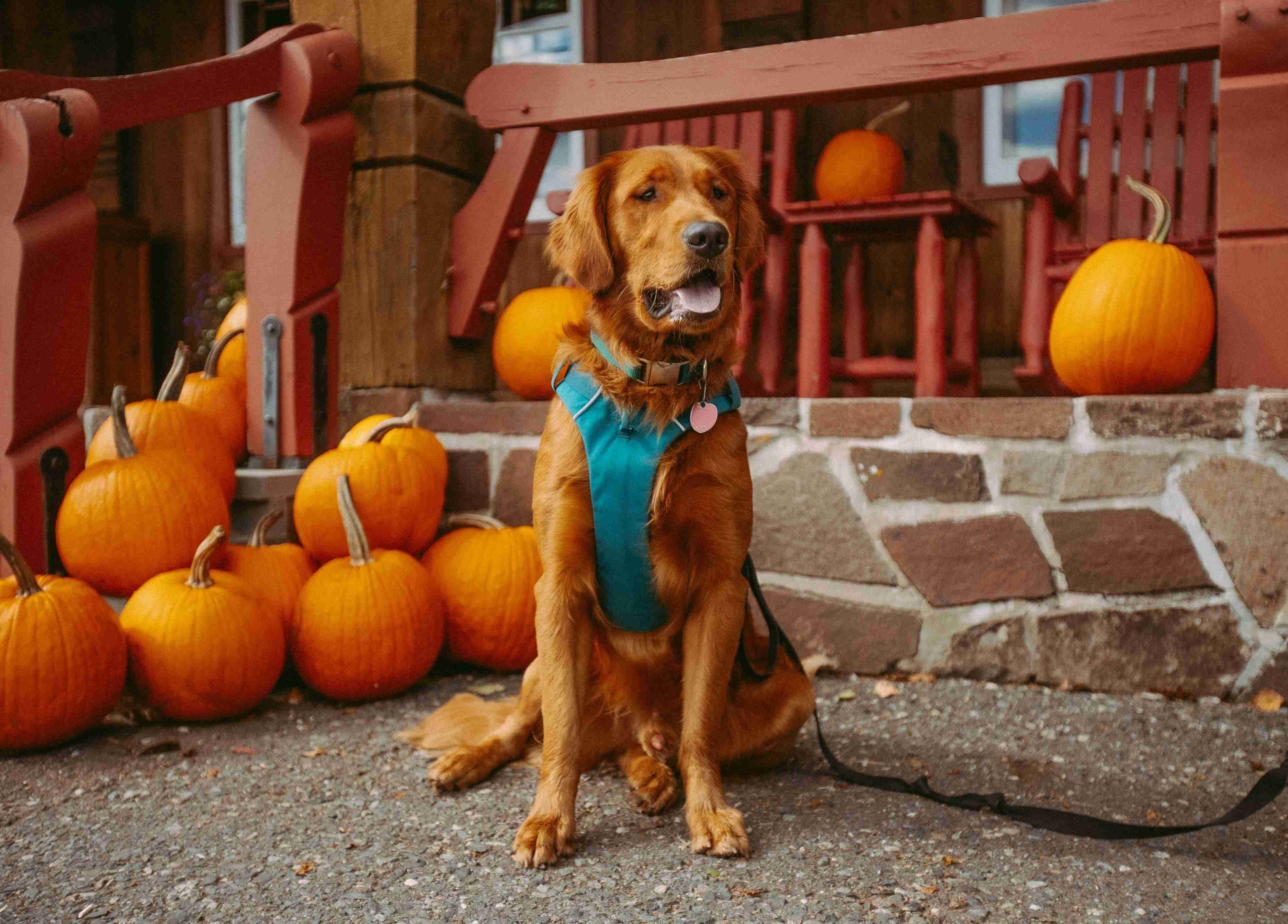Golden Retrievers are one of the most beloved dog breeds in the world, known for their friendly and gentle nature. These qualities make them great candidates for therapy and service dog training. However, turning your furry friend into a successful therapy or service dog requires patience, dedication, and the right training techniques. In this blog post, we will be discussing the golden rules for training your Golden Retriever to become a successful therapy or service dog. Whether you are a first-time dog owner or a seasoned trainer, these best practices will help you turn your Golden Retriever into a valuable asset to your community. So, let’s get started!
Golden Retrievers are one of the most popular dog breeds known for their friendly, loyal, and obedient nature. Due to these traits, they can make excellent therapy or service dogs. However, not all Golden Retrievers are suited for these roles, and it takes a lot of hard work, patience, and dedication to train them to be successful therapy or service dogs. In this blog post, we will discuss the golden rules or best practices for teaching your Retriever to be a successful therapy or service dog.
1. Start with Basic Training: Before you begin training your Golden Retriever to be a therapy or service dog, it is essential to ensure that they have completed basic obedience training. This includes commands like sit, stay, come, and heel. Basic training lays the foundation for more advanced training, and it is crucial to teach your dog these skills before moving on to more complex commands.
2. Socialize Your Retriever: Socialization is an important aspect of training your Golden Retriever to be a therapy or service dog. Socializing your Retriever with other dogs, people, and environments will help them become more comfortable and confident in different situations. This can be done by taking your dog to different places, introducing them to various people and animals, and exposing them to different sights and sounds.
3. Introduce Them to Different Situations: Once your Retriever is comfortable with basic training and socialization, it is time to introduce them to more complex situations. This can include visiting hospitals, nursing homes, schools, and other places where therapy dogs are needed. During these visits, your Retriever will learn how to behave in different environments and interact with different people.

4. Use Positive Reinforcement: Positive reinforcement is a crucial aspect of training any dog, and it is especially important when training your Retriever to be a therapy or service dog. Reward your Retriever for good behavior with treats, toys, and praise. This will reinforce positive behavior and help your dog understand what is expected of them.
5. Train Them for Specific Tasks: Once your Retriever is comfortable with basic training, socialization, and different situations, it is time to train them for specific tasks. This can include fetching objects, opening doors, turning lights on and off, and other tasks that are specific to the needs of the person they will be assisting. It is essential to tailor the training to the specific needs of the person your Retriever will be assisting.
6. Keep Training Consistent: Consistency is key when training your Golden Retriever to be a therapy or service dog. Training should be done regularly, and sessions should be kept short to ensure that your Retriever does not become overwhelmed or bored. It is also essential to be patient and persistent, as training can take time and effort.
training your Golden Retriever to be a therapy or service dog takes a lot of hard work, patience, and dedication. However, by following these golden rules or best practices, you can ensure that your Retriever is well-prepared for the role and will be a successful therapy or service dog. Remember to start with basic training, socialize your Retriever, introduce them to different situations, use positive reinforcement, train them for specific tasks, and keep training consistent. With time and effort, your Retriever can become an invaluable asset to those in need.
In conclusion, teaching your Golden Retriever to be a therapy or service dog can be a fulfilling and rewarding experience for both you and your furry friend. Remember to always prioritize positive reinforcement and patience in your training techniques, and never hesitate to seek guidance from professionals or experienced trainers. With dedication and hard work, your Golden Retriever can become a valuable asset in providing comfort and assistance to those in need. So, let’s follow these golden rules and help our beloved retrievers become successful therapy or service dogs.



